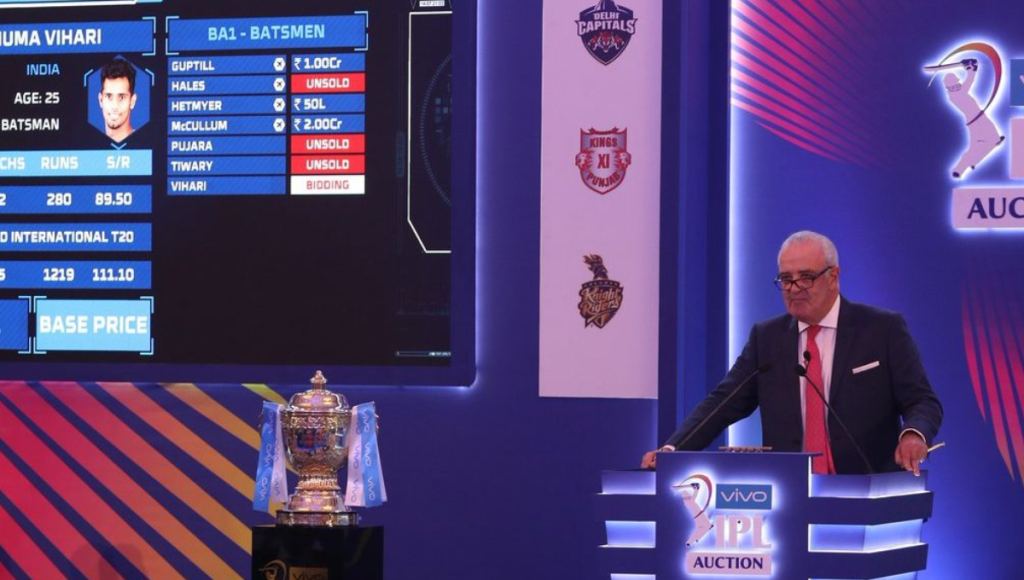The Indian Premier League (IPL), with its blend of cricketing prowess and strategic team management, introduces various rules to keep the game dynamic and engaging. Among these, the ‘Right to Match’ (RTM) rule stands out, especially during mega auctions, offering teams a unique strategy to retain players. Here’s a detailed look at what the RTM rule entails, its application, and its impact on IPL’s auction dynamics.
Understanding the RTM Rule
The Right to Match (RTM) rule in the IPL allows franchises to retain players they didn’t initially retain before the auction. This rule comes into play particularly during mega auctions, where teams can only retain a limited number of players directly. The RTM card provides an additional layer of strategy, enabling teams to match the highest bid for a player they previously had, thereby keeping them in the squad.
How Does It Work?
- Pre-Auction Retentions: Before the auction, teams decide on retaining a few key players. The number of players a team can retain is capped, typically allowing for three to four retentions.
- RTM During Auction: If a team wishes to retain more players than allowed pre-auction, they use the RTM card. When a player, previously with the team, goes under the hammer, the team can activate the RTM if they agree to match the highest bid placed for that player.
- Strategic Use: Teams often use RTM for players they believe are undervalued in the open market or those they see as integral to their strategy, even if they didn’t retain them initially due to budget constraints or strategic reasons.
Implications of the RTM Rule
- Player Value and Market Dynamics: The RTM rule can lead to higher bids as teams might push the price, knowing the original team might use the RTM. This can inflate player prices, reflecting their market value or the strategic importance to teams.
- Team Continuity: It helps maintain some continuity in team composition, which is crucial for team morale and strategy. Players who have been part of a team’s culture can be retained, providing stability.
- Auction Strategy: Teams must now strategize not just on who to retain but also on whom to potentially match bids for, adding another layer of complexity to IPL’s already intricate auction process.
The Debate Around RTM
The RTM rule, while strategic, has sparked debates:
- Fairness: Some argue it gives an unfair advantage to teams with more financial muscle, as they can afford to match higher bids more comfortably.
- Excitement vs. Predictability: While it might reduce the unpredictability of auctions, it also ensures fan favorites or key players might stay with their teams, balancing excitement with continuity.
- Player Empowerment: Players might feel more valued, knowing teams are willing to match bids for them, potentially leading to better performances due to increased loyalty or security.
The ‘Right to Match’ rule in the IPL is more than just a procedural aspect of the auction; it’s a strategic tool that teams use to craft their squads, balancing between financial prudence and team continuity. While it adds complexity, it also enriches the IPL’s auction spectacle, making it not just a bidding war but a chess game of strategy and foresight. As IPL continues to evolve, rules like RTM will play a pivotal role in shaping team dynamics, player careers, and fan expectations, making each auction a must-watch event in cricket’s calendar.

